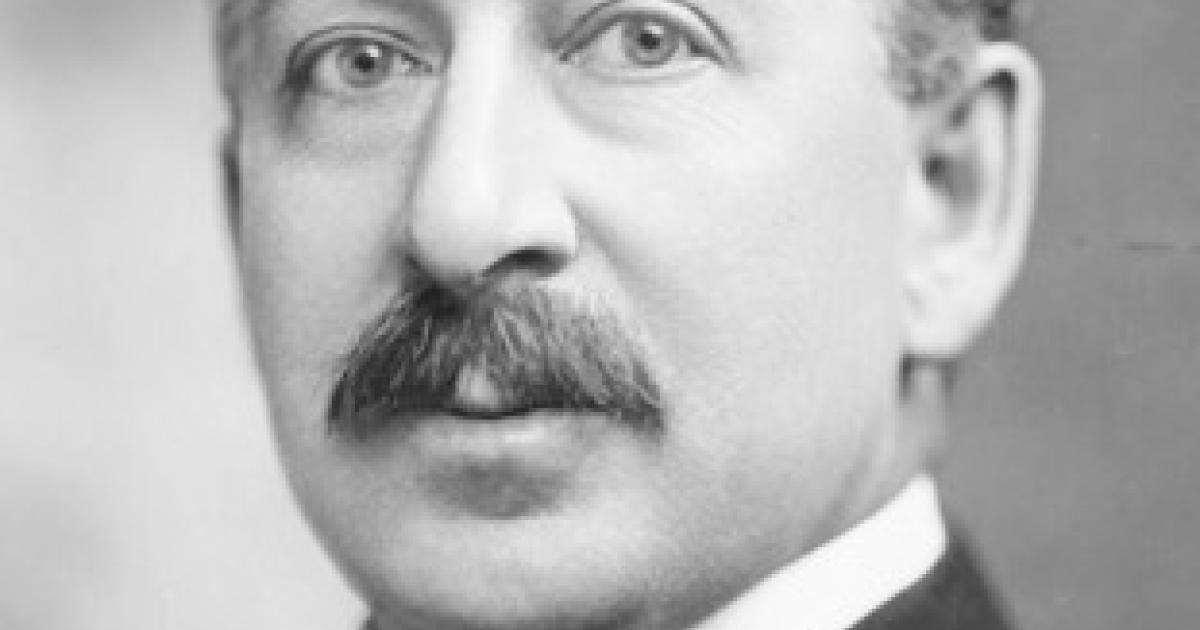Who Really Invented the Safety Razor?
Uncovering the Truth: The Fascinating Tale of the Safety Razor's Invention

Source www.invent.org
The Invention of Safety Razor
The Early Days of Shaving
Shaving is an integral part of male grooming and has been practiced for centuries. Over time, men have experimented with different methods of getting a closer shave. Initially, men used sharp stones, obsidian, or shells to remove facial hair. These were replaced with copper and bronze razors in the Bronze Age, which were sharpened using leather strops. However, the use of these razors was limited as they were expensive, and the technique of sharpening them required skill.
In the 19th century, the first safety razor was introduced by Frenchman Jean-Jacques Perret. The razor had a wooden guard that allowed users to shave without risking cuts. However, it was still expensive and not popular amongst the masses.
Enter King C. Gillette
In the late 19th century, King C. Gillette, an American businessman, became interested in finding a better solution to the problem of shaving. He noticed that shaving with a traditional cut-throat razor was not only difficult, but it required frequent replacement of blades as they became dull. Gillette knew that if he could create a razor with disposable blades, it would revolutionize the industry.
After a considerable amount of experimentation, he invented the safety razor. The razor had a disposable blade that was affordable and presented no danger of cuts due to the design. In 1901, Gillette patented the razor, and within a few years, the popularity of the safety razor exploded across the United States.
The Impact of the Safety Razor
The safety razor not only made shaving safer and more accessible, but it also made it more affordable. Gillette's design encouraged people to replace their blades frequently, leading to the development of the disposable blades industry. The accessible nature of the safety razor also made it more accessible to people across all social economic backgrounds.
This invention essentially laid the foundation for modern shaving. In fact, today, many shaving products are still modeled after the original design of the safety razor. Due to its impact, the safety razor has also found a place in history as a symbol of innovation and progression.
Overall, King C. Gillette's innovation changed not only the way men shave but also the way we view innovation. It showed that by identifying a problem and creating a solution, we can alter and transform our everyday experiences. The impact of the safety razor is still felt today and will continue to be felt for a long time to come.
The Evolution of the Safety Razor
The safety razor has come a long way since its first conception. Over the years, it has undergone many changes and modifications that have led to its current design. The safety razor, as we know it today, is a result of years of trial and error.
The Rise of the Disposable Razor
The disposable razor was invented in the early 20th century, and it revolutionized the world of personal grooming. It eliminated the need to sharpen blades or worry about rusting. The disposable razor was also more convenient to use, making it popular among consumers.
In the early days, disposable razors were made of metal. However, over time, plastic replaced metal as the preferred material for disposable razors. The plastic razor was cheaper to produce and lighter than its metal counterpart. It also reduced the risk of injury due to its flexible and less sharp design.
The introduction of the disposable razor had a significant impact on the safety razor market. At first, safety razor manufacturers struggled to compete with the convenience and low cost of disposable razors. However, they quickly realized that they needed to innovate and improve their products if they were to survive in the market.
The Shift to Electric Razors
Electric razors gained popularity in the decades following World War II, as soldiers returning from the front lines brought with them the technology that they had encountered in Europe. Electric razors eliminated the need for blades entirely, instead using a motorized, rotating head to cut hair.
Electric razors were initially met with skepticism from the traditional safety razor market. However, their popularity grew, and they soon became a viable alternative to the safety razor. The electric razor was particularly popular among men who wanted a quick and easy way to shave without risking cuts or nicks.
One of the most significant drawbacks of electric razors, however, was their price. For many decades, electric razors were significantly more expensive than traditional safety razors. This price difference limited their market appeal, as many men were unwilling to spend a lot of money on a grooming tool.
The Safety Razor in the Modern Era
Despite the rise of the disposable and electric razor, the safety razor has managed to stay relevant in the modern era. Today, many men still prefer the traditional safety razor for its precision and durability.
Another factor that has contributed to the safety razor's continued popularity is the growing trend of sustainable living. Safety razors are made to last, and they don't produce any plastic waste. As consumers become more environmentally conscious, many are choosing the safety razor over disposable options.
Additionally, the safety razor market has seen a surge in new brands and designs. This competition has led to even more innovation in the safety razor industry. Today, safety razors come in a variety of styles, metals, and finishes, making them a stylish addition to any grooming kit.
In conclusion, the safety razor has come a long way since its first invention. From the rise of disposable razors to the shift towards electric razors, the safety razor has managed to stay relevant in the grooming market. With the current trend towards sustainable living and the growing popularity of customized grooming routines, it seems that the safety razor will continue to thrive for years to come.




Post a Comment for "Who Really Invented the Safety Razor?"